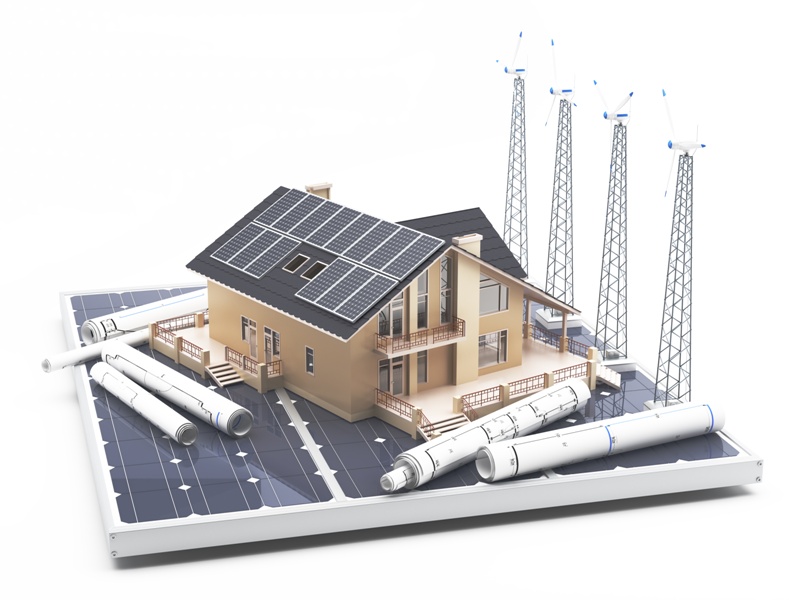
With These Green Building Incentives Your Next Home May Be Green
With the increase of green building projects all over the world, maybe you have asked the question why not build your new home green? But maybe you also heard that the initial cost of a green building (such as a LEED certified building) is slightly higher than a regular building. Even though this is correct because of the extra cost of incurred from the commissioning activities, consulting fees, and higher material costs, the life-cycle cost of a regular building typically turns out to be much higher than a LEED-certified building. And with these green building incentives, your building a regular home may even cost more compared to a green building.
In order to promote green developments, many municipalities award structural or financial incentives to developers or homeowners who practice green building techniques.
The structural incentives provide rewards for green building projects by making available additional density bonuses or expedited permitting processes. Even though the review and permitting processes vary from one jurisdiction to another, they are generally lengthy processes. By reducing the review and permitting durations in exchange for developers’ establishment of green building standards, municipalities encourage developers to design green buildings. When the review and permitting durations are streamlined, developers will be able to save time and money.

Density and height bonuses are another incentive. Many municipalities allow for percentage increases in floor-to-area ratio or other measures of density contingent upon certification or proof of green building practices. These bonuses can be attractive to developers who want to increase the size or height of their projects, which can increase the floor space and enhance profitability of the project.
The financial incentives are direct incentives in the form of tax credits or grants to developers that build green buildings. Some municipalities offer reductions or waivers for permit review or other less onerous permitting processes in exchange for developers’ use of green building standards. Following are the types of taxes that green building project developers can get a reduction on:
- Corporate tax
- Gross receipts tax
- Income tax
- Sales tax
- Local tax
Revolving loan funds can also be available to those seeking to build or renovate to green building standards.
Currently, many jurisdictions encourage developers to generate their own energy with on-site renewable energy facilities, such as solar panels or wind turbines. This way, green building projects can reduce their dependency on the grid and can even sell the excess power back to the community. Encouraging the use of renewable energy will also make a positive contribution to a city’s pollution levels.

If a developer is unfamiliar with green building practices, many municipalities provide free planning or certification training and assistance. Marketing assistance is also offered to promote green buildings, and many municipalities offer free marketing assistance via signage, awards, websites, and/or press releases.
As the green building incentives increases, it will be no surprise that we will start to see more developers going for a LEED certification, which is the most widely used rating system in the US. There are also thousands of LEED Green Associates and LEED Accredited Professionals out there which can help developers go green.
Author: A. Togay Koralturk
Author of LEED Complete Study Guides




